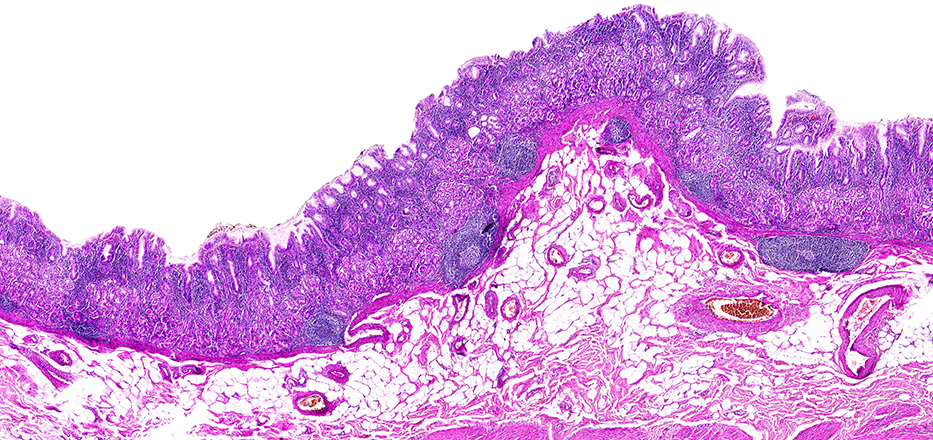
Mingyao Li, PhD, Professor of Biostatistics, is featured in the article “Unlocking the Power of Spatial Omics with AI” published in Nature Methods. The piece explores how spatial omics technologies are revolutionizing biomedical research by providing detailed, spatially resolved molecular profiles that enhance our understanding of tissue structure and function. Despite the promise of these technologies, integrating diverse data types poses significant challenges and limitations.
Li and her co-authors highlight the crucial role of artificial intelligence (AI) in addressing these obstacles. AI can seamlessly combine spatial transcriptomics with single-cell RNA sequencing (scRNA-seq), allowing researchers to measure gene expression profiles at the single-cell level in a spatial context. Furthermore, by integrating spatial omics with histology imaging data, AI can help create high-resolution, comprehensive 3D spatial atlases of tissues. As datasets continue to grow, AI is set to accelerate biological discovery and enhance the development of personalized treatments, paving the way for groundbreaking advancements in spatial omics and improved health outcomes.